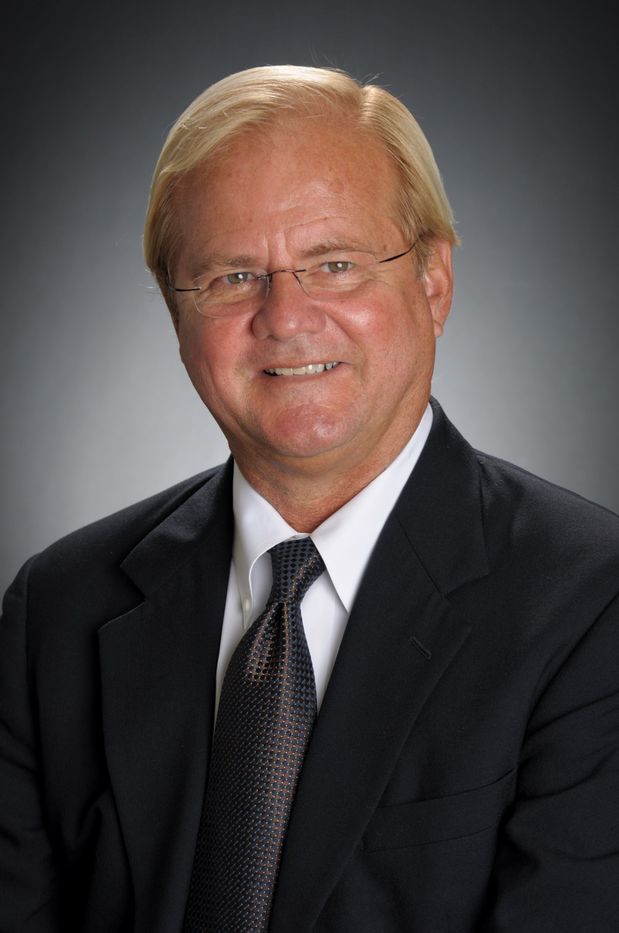


Books in series

Libertyland
2017

Ski Patrol in Colorado
2018

Ted Williams and Friends
1960-2002
2015

Lawrence Park and Wesleyville
2015

Kentucky Speedway
2015
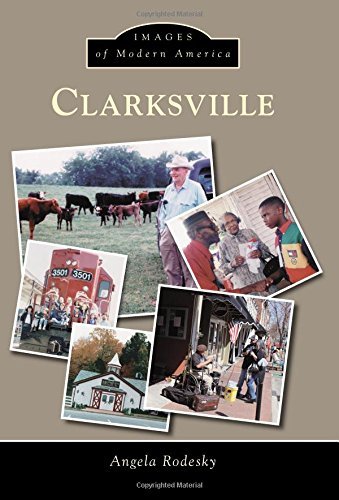
Clarksville
2015
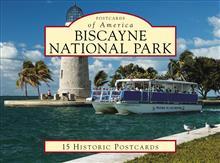
Biscayne National Park
2017

Joint Base Langley-Eustis
2017
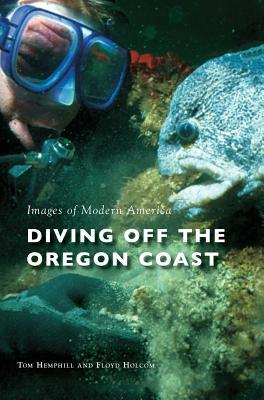
Diving Off the Oregon Coast
2016

Christmas in San Diego
2015

Bell County
2015

Cedar Falls
2015

Folsom
2015

Burien
2014
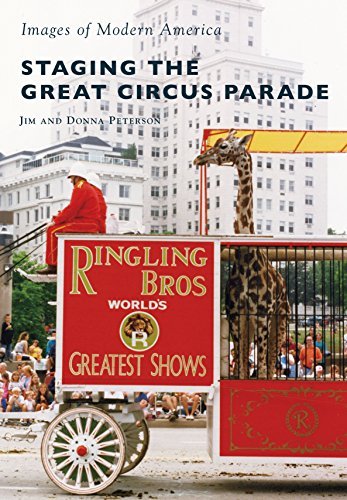
Staging the Great Circus Parade
2016

Berea
2015

Florida East Coast Railway (FL)
2006
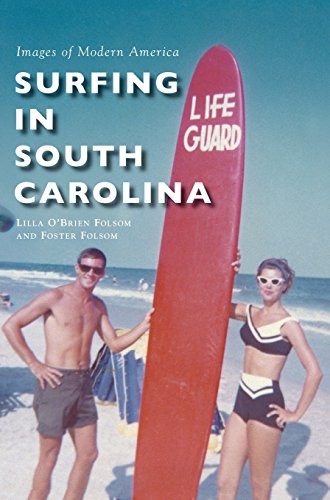
Surfing in South Carolina
2016

Kevin Guest House
2016

Friendship Botanic Gardens
2018

Tenafly
2017
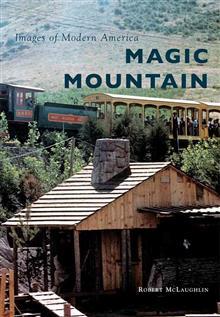
Magic Mountain
1777
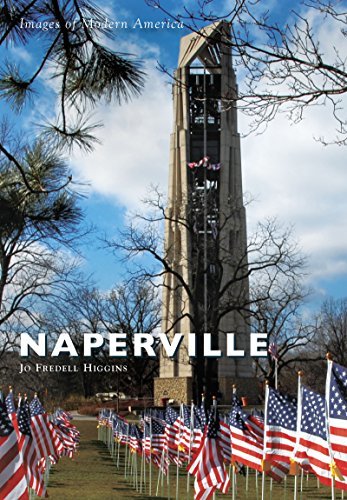
Naperville
2016

Rio Rancho
2015
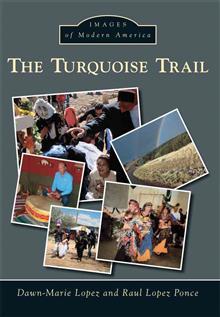
The Turquoise Trail
2015

Jimmy Carter in Plains
: The Presidential Hometown
2016

St. Joseph and Benton Harbor
2015

Galveston's Tree Carvings
2015
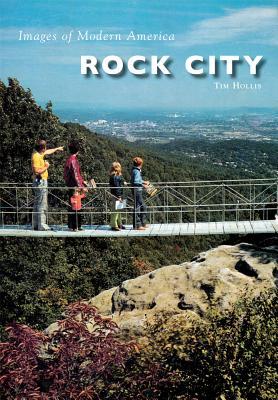
Rock City
2017

LGBT Salt Lake
2017

Saturn V Rocket
2016

Pleasure Island
1959-1969, Massachusetts
2014

Waco
2016

Philadelphia Trolleys
From Survival to Revival
2017

Philadelphia Mummers
2016

Spokane's Expo '74
2017

Fenway Park
2018
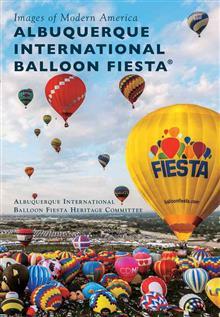
Albuquerque International Balloon Fiesta®
2016
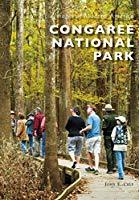
Congaree National Park
2017
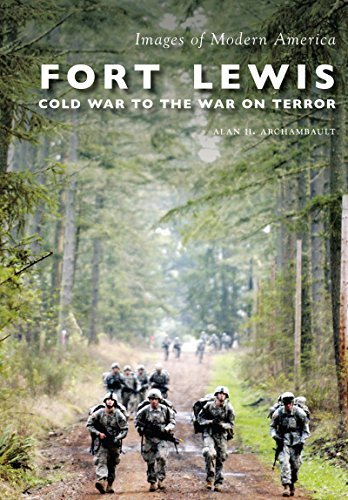
Fort Lewis
Cold War to the War on Terror
2016

Erie County Fair
2014

Holland
2015

Battle Creek
2014

Sedalia
2007
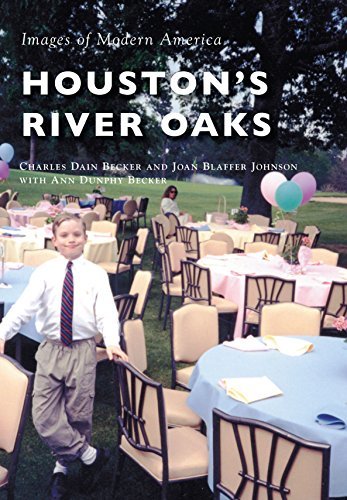
Houston's River Oaks
2016

Eastpointe
2003
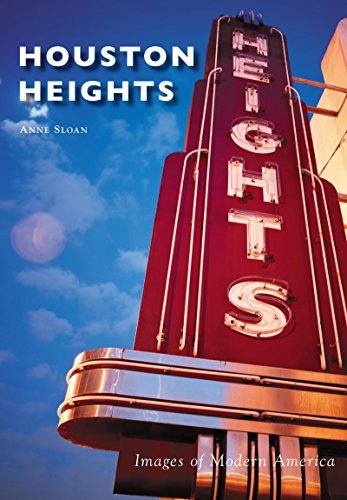
Houston Heights
2016

Carrboro
2015
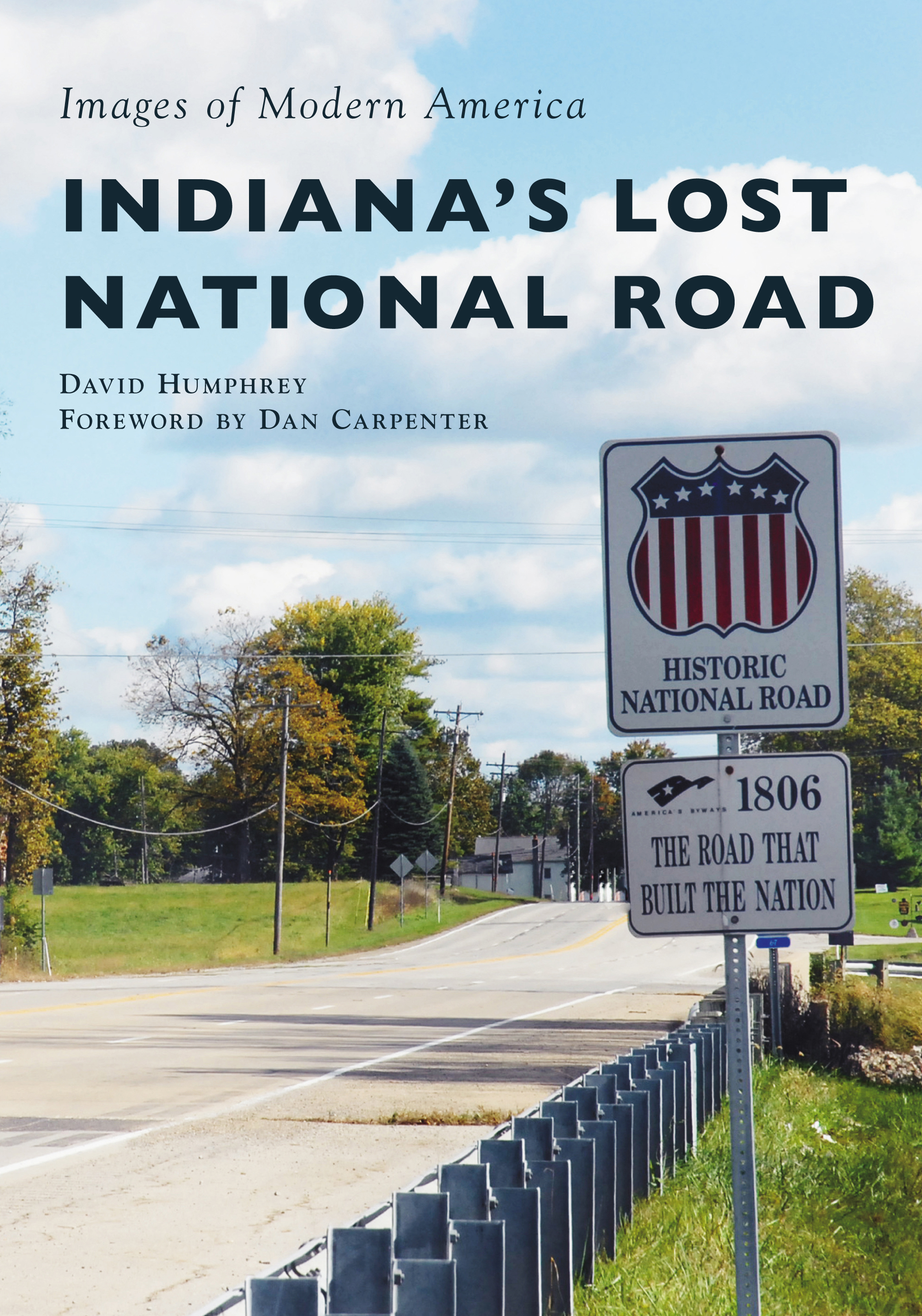
Indiana's Lost National Road
2018
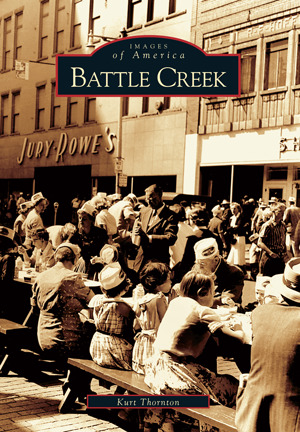
Battle Creek
2004

Lost Steel Plants of the Monongahela River Valley
2015

West Brighton
2014
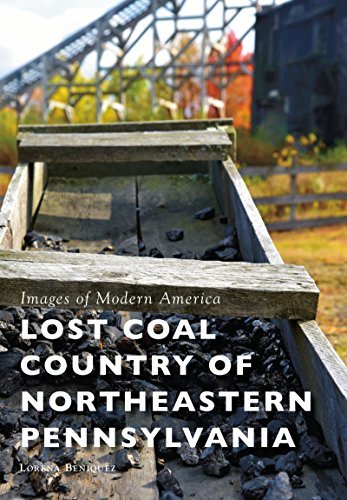
Lost Coal Country of Northeastern Pennsylvania
2017

Northland Mall
20126

Kenosha
2015

Fantasy Farm Amusement Park, Ohio
2014

Dutch Wonderland
2015

Gettysburg National Military Park
1946

Texas Hill Country Wineries
2015

California's Great America, California
2014

Oregon Surfing
Central Coast, Oregon
2014

Waco
2009
Authors

Robert Buccellato is the Author of Florida Governors Lasting Legacies,Jimmy Carter In Plains The Presidential Hometown (Out in February), and the forthcoming Finding Dan McCarty. He is also the Historian for the Clerk of Courts for Leon County, a position created for him. Robert lives in Crawfordville Florida with his Wife Stephanie and their son Croston. He is a Youtube Partner at RobertCrostonFilm https://www.youtube.com/user/RobertCr... and writes a daily blog at http://floridahistorylover.blogspot.com/


